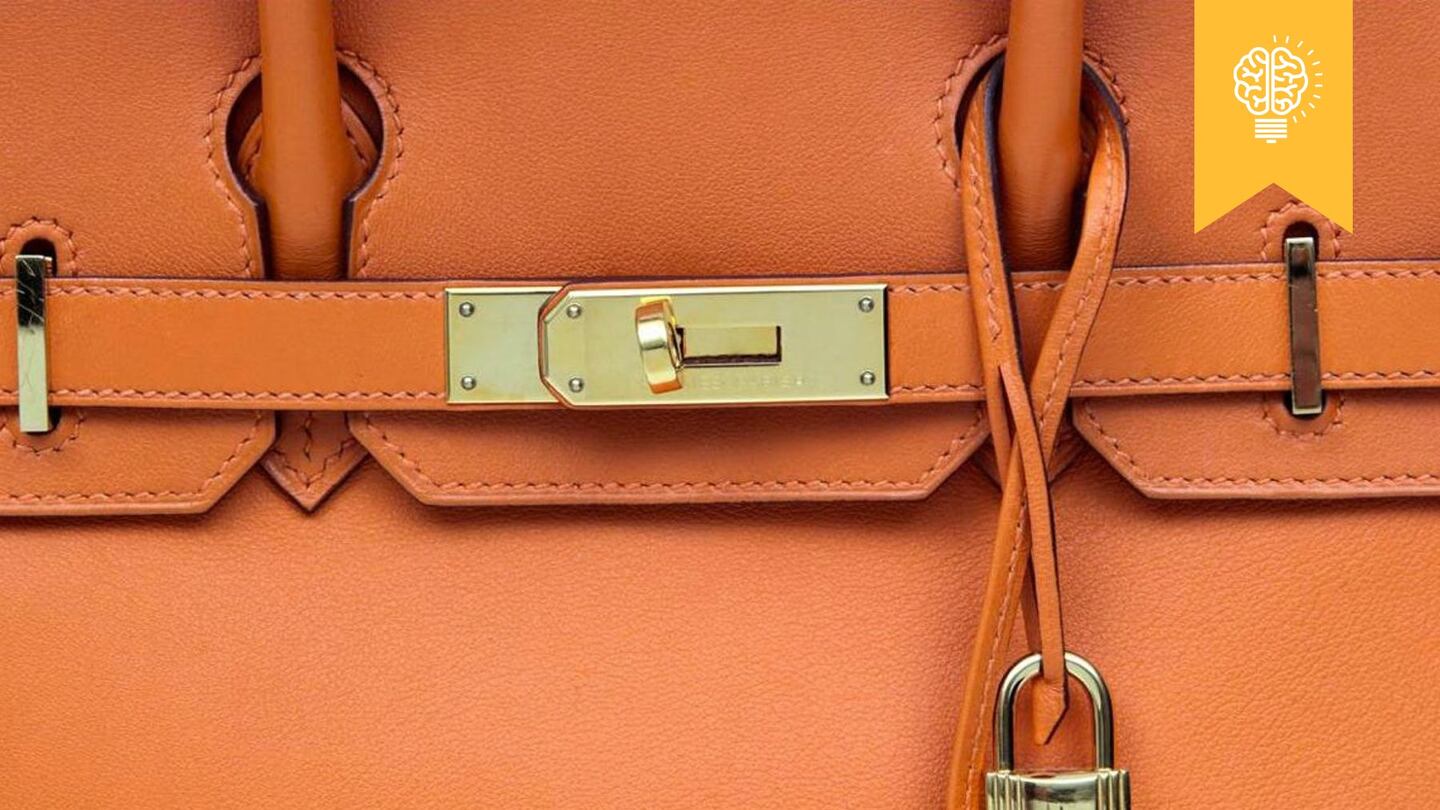
The Business of Fashion
Agenda-setting intelligence, analysis and advice for the global fashion community.

Agenda-setting intelligence, analysis and advice for the global fashion community.

LONDON, United Kingdom — There is no doubt that Hermès sells exquisitely made products, but so do many other luxury brands. What is most unique about Hermès is the company's decision to frustrate consumer demand, making it difficult for people to buy its most coveted products, namely its Birkin and Kelly handbags. It's a strategy that works incredibly well.
The fact that people consider the Birkin handbag to be genuinely exclusive is itself an astonishing feat considering that there must be more than a million Birkin bags in circulation. For this, Hermès deserves infinite respect.
Better still is Hermès’ skill at conjuring a halo of exclusivity over its wide range of other products, no matter how trivial they are. Fragrances that sell for $100 a bottle, silk scarves that go for $400; consumers can buy any of these products and leave an Hermès store feeling like a star.
Put simply, Hermès has pursued one of the most effective stratagems for marrying high sales volume with the perception of exclusivity — category segregation — by confining iconic, core-category products (like bags) to high-end price ranges while offering other categories (like scarves) at lower price points to aspirational consumers.
ADVERTISEMENT
But now, Hermès appears to be moving away from this tried-and-tested formula of frustrating demand for its core products. In 2016, I was able to find standard Birkin handbags available in stores in Europe for the first time in years. The brand also seems to have moved away from the principle of category segregation, as consumers can now buy Hermès handbags at significantly lower prices, only slightly above the €1,000 threshold. Of course, at this price point, we’re talking about the Evelyne, Garden Party and Picotin ranges — not the Birkin or Kelly bags. But, even so, they are Hermès handbags just the same.
Demand frustration and category segregation were the two traits that set Hermès apart from its luxury megabrand peers. Without these elements, the genetic difference between Hermès and, say, Louis Vuitton is more difficult to discern. Hermès is still more desirable in the eyes of some consumer groups, especially the Chinese. But this seems more a difference of degree than essence. In fact, French consumers seem to have the opposite feeling.
Today, Hermès is valued significantly above the industry average based on the uniqueness of its strategy. But as the company's business model becomes less special, should its multiple not reflect this?
Luca Solca is the head of luxury goods at BNP Exane Paribas.
Related Articles:
[ The Secret to Hermès’ SuccessOpens in new window ]
[ Hermès Bets on Ready-to-WearOpens in new window ]
[ Where Will Hermès Find Growth in a Slowing Luxury Market?Opens in new window ]
The Swiss watch sector’s slide appears to be more pronounced than the wider luxury slowdown, but industry insiders and analysts urge perspective.
The LVMH-linked firm is betting its $545 million stake in the Italian shoemaker will yield the double-digit returns private equity typically seeks.
The Coach owner’s results will provide another opportunity to stick up for its acquisition of rival Capri. And the Met Gala will do its best to ignore the TikTok ban and labour strife at Conde Nast.
The former CFDA president sat down with BoF founder and editor-in-chief Imran Amed to discuss his remarkable life and career and how big business has changed the fashion industry.